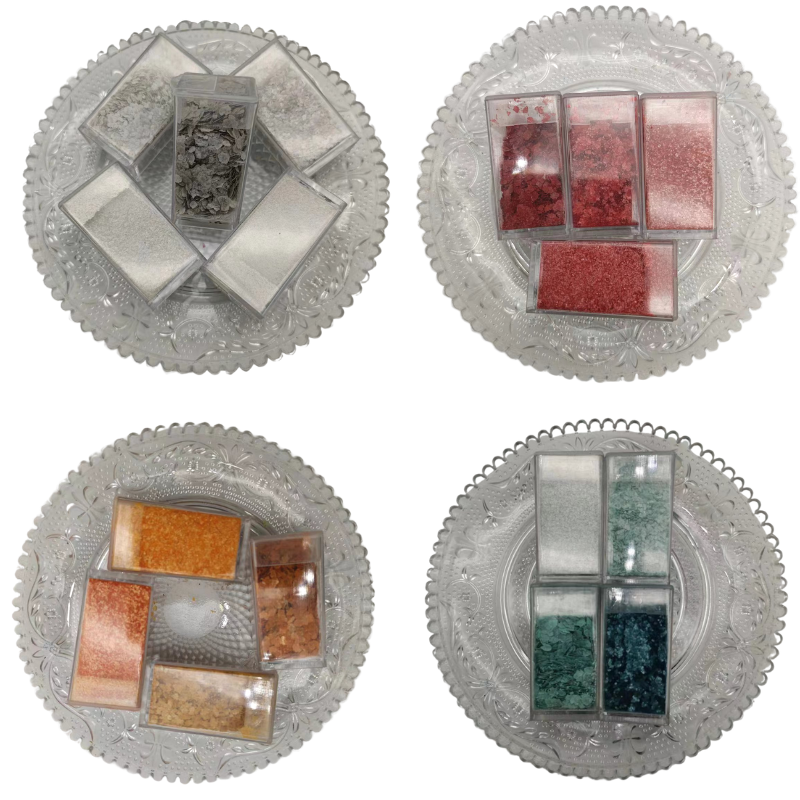
quicklime and hydrated lime
Understanding Quicklime and Hydrated Lime Their Properties and Uses
Quicklime and hydrated lime are two important forms of lime that play significant roles across various industries, from construction to environmental management. Understanding their properties, similarities, and differences is crucial for their effective application.
What is Quicklime?
Quicklime, chemically known as calcium oxide (CaO), is produced by heating limestone (calcium carbonate, CaCO3) in a process called calcination. This high-temperature process drives off carbon dioxide (CO2), resulting in a white, caustic powder. Quicklime is highly reactive and can absorb moisture and carbon dioxide from the air, making it a powerful agent in various chemical reactions.
The primary use of quicklime is in the production of hydrated lime, but it also serves other purposes. In construction, it is utilized as a key ingredient in cement and mortar. The construction industry values quicklime for its ability to enhance the properties of building materials, providing strength and durability. Additionally, in the metallurgical industry, it is used in the refining of metals and in the production of steel by removing impurities.
What is Hydrated Lime?
Hydrated lime, or calcium hydroxide (Ca(OH)2), is produced by adding water to quicklime, a process known as hydration. This results in a fine, dry powder or a slurry, depending on the amount of water added. Hydrated lime is less caustic than quicklime and is safer to handle, making it a more favorable option in many applications.
quicklime and hydrated lime

Hydrated lime is extensively used in environmental applications, particularly in water treatment and waste management. It plays a vital role in neutralizing acidity, removing heavy metals, and clarifying drinking water. In addition, hydrated lime is employed in soil stabilization and is a popular choice when treating agricultural soils to improve pH levels, enhancing crop growth.
Comparing Quicklime and Hydrated Lime
While both quicklime and hydrated lime originate from limestone, their distinct properties lead to different uses. Quicklime is more reactive and serves primarily in industrial processes where strength and high-temperature resistance are needed. In contrast, hydrated lime is preferred in applications requiring a safer and less aggressive agent.
Moreover, the choice between quicklime and hydrated lime can affect the efficiency and cost of operations. Quicklime's high reactivity can lead to significant heat generation, which may be advantageous in some processes but can pose handling challenges. Hydrated lime, on the other hand, while not as reactive, provides versatility across various applications, particularly in environmental processes.
Conclusion
In summary, quicklime and hydrated lime are essential materials in multiple industries. Their unique attributes make them suitable for specific applications, and understanding these differences can aid industries in choosing the right type of lime for their needs. As industries continue to evolve and seek sustainable solutions, the relevance of quicklime and hydrated lime is expected to grow, emphasizing the need for knowledge about these key materials.
Share
-
Fly Ash Solutions Enhanced by GPT-4 Turbo | Sustainable InnovationNewsAug.01,2025
-
Natural Premium Bentonite Cat Litter - Superior ClumpingNewsJul.31,2025
-
Premium Resin Coated Sand - High Heat Resistance CastingNewsJul.31,2025
-
High Quality Silicon Carbide Grit for Abrasive ApplicationsNewsJul.30,2025
-
High-Quality Ceramsite for Plants & Gardening | Lightweight PebblesNewsJul.29,2025
-
Premium Burgundy Glass Marbles for Vases & Shooter GamesNewsJul.29,2025






